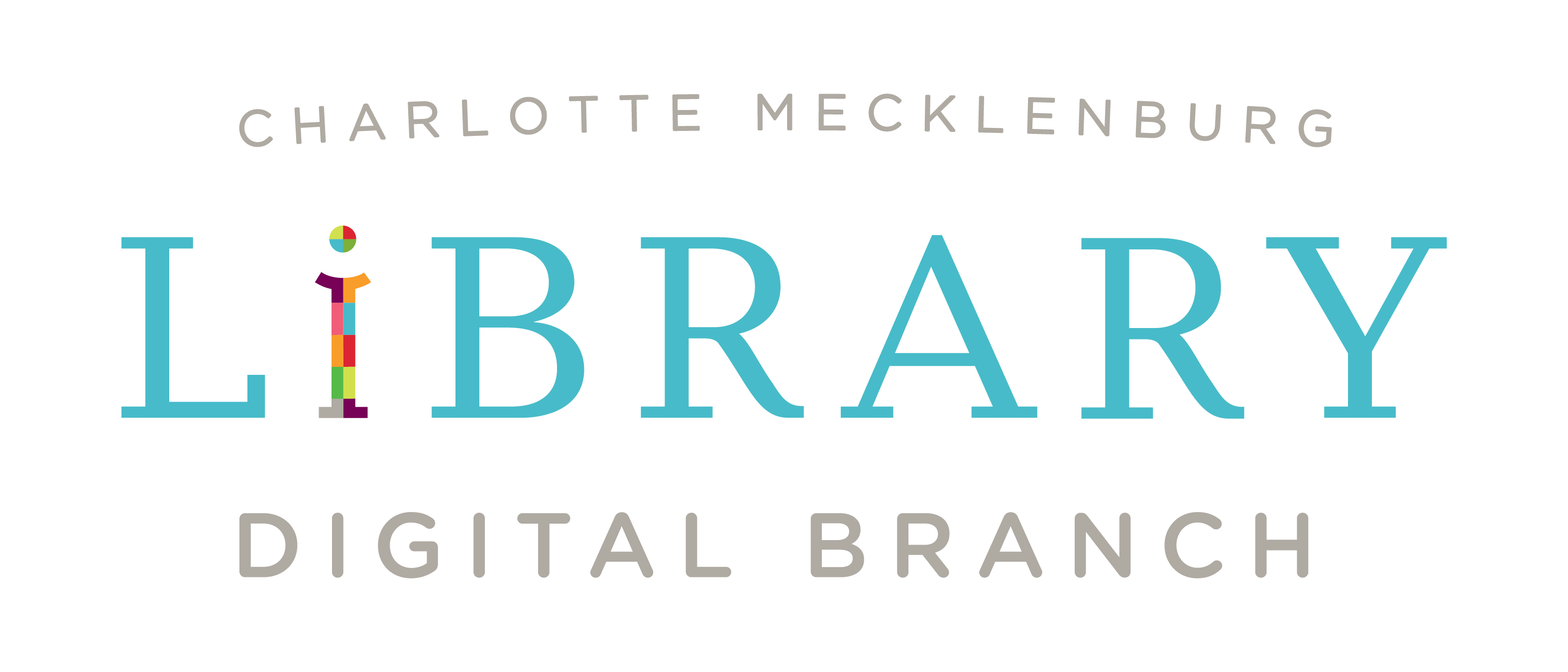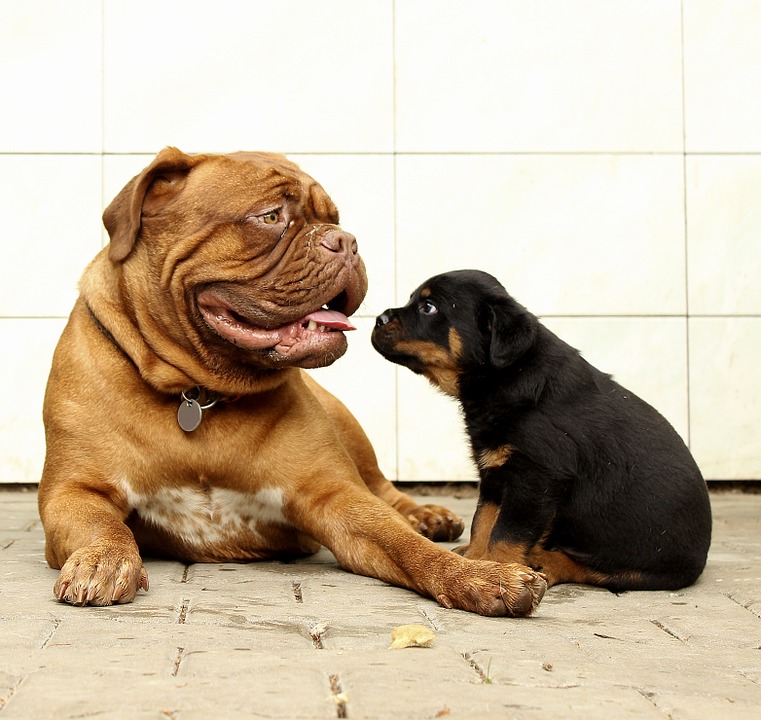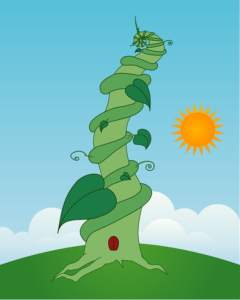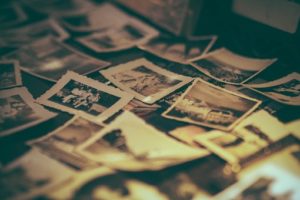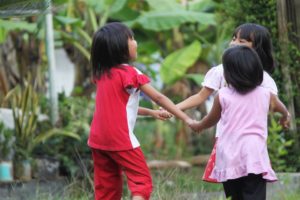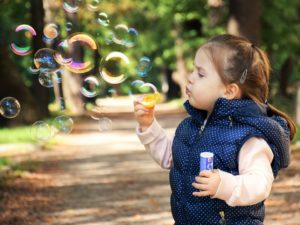Learning and understanding opposites is an important early literacy skill. This basic concept helps children identify characteristics that are similar and different, which will help further develop vocabulary, math, and writing skills as they get older. This week, focus on opposite pairings: big/small, high/low, wet/dry, happy/sad. Point out examples of each throughout the week.
Definitions
Big– Large
Small– Tiny
Recommended reading this week
Jack and the Beanstalk by Paul Galdone
I am Small by Emma Dodd
Now I’m Big! By Karen Katz
Small, Medium and Large by Jane Donovan
Make a Beanstalk
Find a paper plate and cut it in a thin spiral shape all the way to the center. Tie a piece of string around the end so that you can hang up the beanstalk. Then cut out green leaves from green paper. Add leaves to the plate using glue or tape. Pull the end of the plate outwards so that
the spiral separates. Hang it up inside the house.
Make a Collage
Make a collage using uncooked beans. Draw a pattern or an object onto a piece of thick paper with tinted glue (using food coloring) and fill the shape by gluing in different sized beans.
Move with your child
Play a game in which your child does the opposite of what you are doing.. For instance, make your body really big, then ask your child to do the opposite. Or, sit down and ask your child to do the opposite.
Make Bubbles!
Use dish soap and water to make bubbles with your child. Ask your child to blow really big bubbles, or really small bubbles. This is fun to do outside or at bath time.
En Español
Si no está seguro de cómo leer un libro con su niño o si el libro está en otro idioma, ¡no se preocupe! De cualquier manera puede disfrutar de libros con su hijo. Miren juntos las ilustraciones (dibujos) y haga preguntas como “¿A dónde piensas que va el niño?”; “¿Por qué te parece que está contento?”; “¿Qué está haciendo el perro?”; “¿Qué crees que va a pasar después?” ¡Esto ayudará a su hijo a disfrutar de libros y desarrollar su vocabulario y el amor por la lectura! Descargue la hoja de ayuda.
Definitions
Grande – un tamaño mayor de lo normal.
Pequeño – un tamaño menor de lo normal.
Lecturas recomendadas esta semana
Jack and the Beanstalk de Paul Galdone
I am Small de Emma Dodd
Now I’m Big! de Karen Katz
Small, Medium and Large de Jane Donovan
Haga un árbol de frijoles.
Use un plato de papel verde y córtelo en forma circular hasta llegar al centro del plato. Corte hojas de otro papel de color diferente y péguelas al árbol con goma o cinta Scotch. Estire el centro del plato para separarlo y formar un espiral. Cuélguelo en su casa.
Haga un collage
Haga un dibujo usando frijoles, goma y colorante. Use frijoles de diferentes tamaños, pequeños, grandes, medianos….los que tenga en casa. Si lo prefiere, dibuje una forma y llénela con los frijoles.
Muévase con su niño.
Haga un movimiento y pídale a su niño que haga el movimiento opuesto. Por ejemplo, haga su cuerpo grande y díٕgale a su niño que haga el opuesto (que haga su cuerpo pequeño). O siéntese y haga que
su niño se levante.
¡Haga burbujas!
Use detergente para los platos y agua y haga burbujas con su niño. Pídale a su niño que sople burbujas grandes o pequeñas. Esta actividad es divertida para realizar al aire libre o mientras los niños se bañan.

